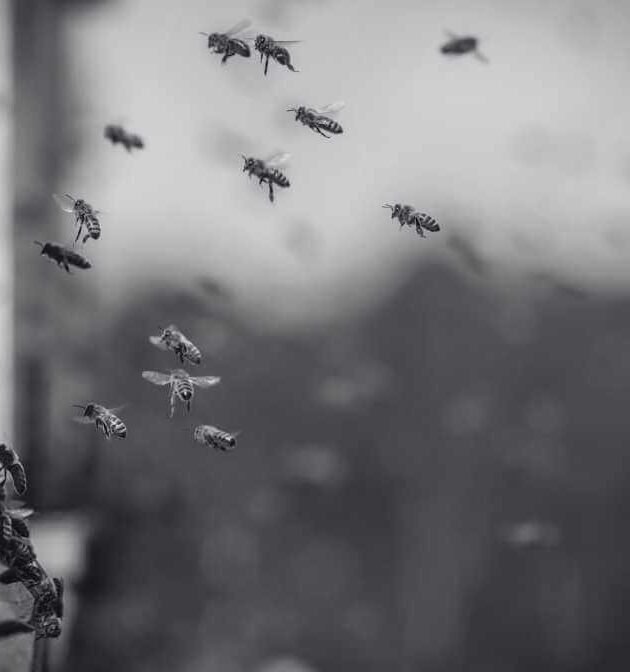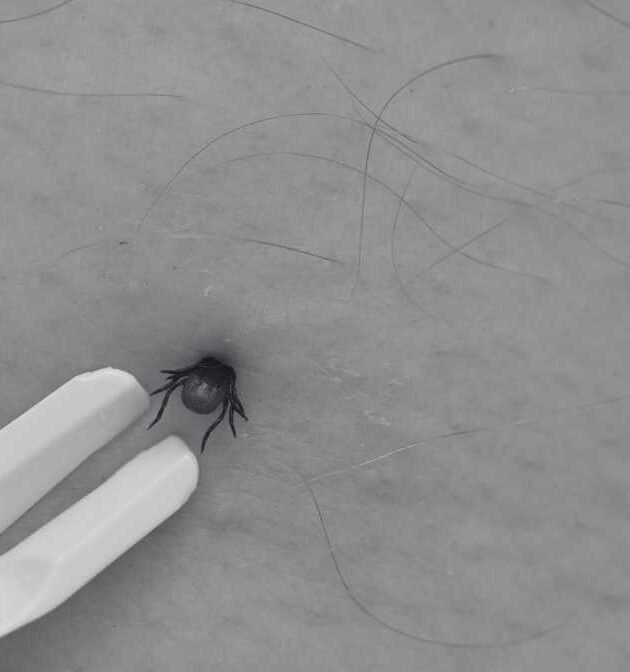
How to Get Rid of Flea Infestation?
May 14, 2025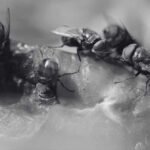
The Types of Flies And Root Causes of Fly Infestations
May 20, 2025
Fleas Blog
Identifying a cat fleas infestation problem early is key to effective control. Pet owners in Malaysia need to stay vigilant and proactive with flea prevention strategies.
The Ultimate Guide to Pet Flea Management
Strategies for Effective Cat Fleas Control
Fleas are among the most persistent pests affecting pets and households in Malaysia. Cat fleas (Ctenocephalides felis) notorious with ability to infest homes, bite humans and cause discomfort to dogs or cats. Understanding the flea life cycle, the conditions fostering their proliferation and the best control strategies. Essential for responsible pet owners who want to rid of flea problems effectively.
We provide an in depth look at fleas, focusing on their biology. The challenges they pose and professional flea control solutions tailored for Malaysia's climate and environment.
Understanding Cat Fleas and Their Species in Malaysia
The Cat Fleas in Malay is Kutu
Fleas are tiny, wingless insects that rely solely on blood meals to survive and reproduce. Many different species of fleas, but the predominant ones are affecting household pets in Malaysia. Despite the name, cat fleas are actually the most common fleas affecting cats or dogs. With the capable of jumping great distances to infest new hosts.
Their presence are detect by flea bites on humans, pets or via the flea eggs found in pet bedding, carpets or furniture. The species of fleas in Malaysia thrive in warm and humid climates, which provide ideal conditions for their proliferation.
The Cat Fleas Life Cycle: How Fleas Multiply and Spread
Understanding The Life Cycle of Cat Fleas
The flea life cycle is compose of four stages: eggs, larvae, pupae and adult fleas. Each stage plays a vital role in the persistence of a flea infestation. Especially in temperature and humidity conditions common in Malaysia, where the warm and moist atmosphere accelerates development.


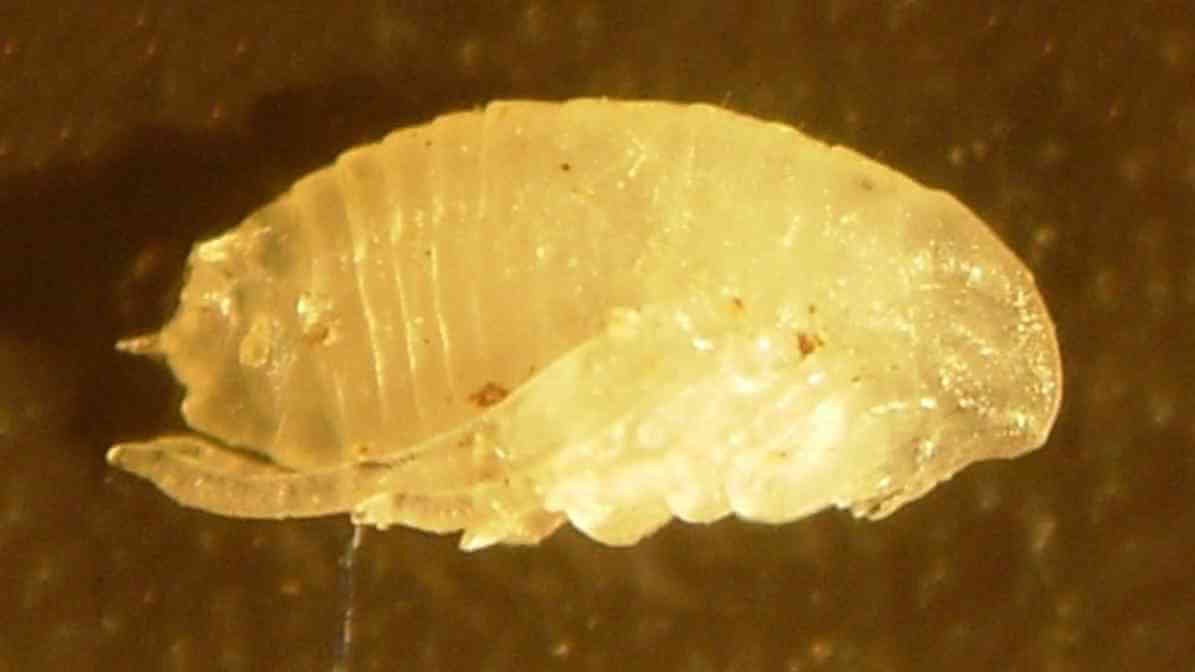
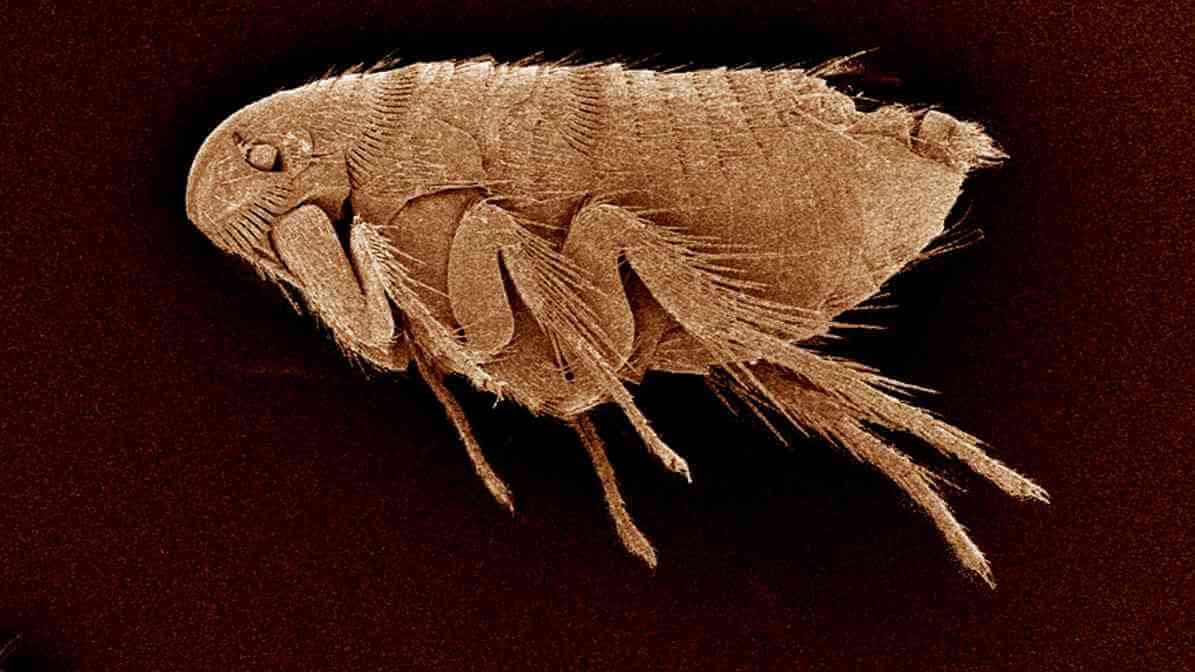
Eggs
Female fleas can lay eggs per day ranging from 20 to 50 eggs after feeding on a blood meal. These eggs are small, oval and white and they fall off the host. They are prone to contaminate pet bedding, carpets and furniture.
Larvae
Once they hatch, flea larvae or maggot feeds on organic debris, including flea dirt and flea eggs. The larvae thrive in dark, moist environments, particularly in pet bedding or cracks in flooring. The larval stage lasts about 5-20 days before pupating.
Pupae
The larvae spin cocoons, entering the pupal stage. In this stage, fleas are resistant to many environmental stresses. They can remain dormant for weeks, even months, until conditions trigger emergence.
Adult Fleas
With environmental conditions that provide the ideal temperature and humidity for them to rapidly populate. The adult fleas will emerge, seeking out a host to bite for a blood meal, commonly in beddings and repeat the cycle.
Keeping Your Pets Safe from Bites and Infestations
Recognising the Signs of Cat Fleas and The Ideal Conditions
Fleas flourish in warm temperatures (around 20°C to 30°C) and high humidity levels (>50%). These conditions speed up flea eggs hatchings, increase flea larvae activity. It also promote the growth of flea in Malay environments. In Malaysia’s tropical climate, flea infestation can escalate rapidly if not properly managed.
Pet bedding, carpets and upholstered furniture often harbour the larval stage, feeding on organic debris and flea dirt. Knowing the flea species impacting your pet helps in choosing the right treatment. For example, dog flea treatments may differ slightly from those for cat fleas, though many products are cross-effective. Common signs include:
Flea Bites
Small, itchy red bumps often on the lower limbs or around the ankles in humans.
Flea Eggs
A small white specks in dogs or cat's bedding area or the carpets in your home.
Flea Larvae
Movement may be observed in carpets or pet bedding when disturbed.
Pet Behaviour
Excessive scratching, biting or hair loss, especially in cats or dogs.
How Do I Know if My Pets Have Fleas?
Signs include frequent scratching, excessive licking, visible flea dirt (small black specks) on their fur or bedding, hair loss and red or irritated skin. Checking your pets regularly with a flea comb can help identify fleas early.
What Every Pet Owner Should Know?
The Impact of Cat Flea Bites on Humans and Pets
Flea bites include small punctures surrounded by redness, itching and swelling. While fleas primarily target pets, flea bites can also affect humans, especially in households with high flea infestation levels. For pets, flea bites can cause skin irritation, hair loss and allergy dermatitis, hypersensitive skin reaction to flea saliva. Flea saliva, injected during biting, contains proteins that can cause allergic reactions, leading to increased itching and skin inflammation.
Over time, continual exposure can result in secondary infections, as pets scratch and bite at their skin. Creating open wounds that bacterial pathogens can infect. Therefore, flea control is essential for pet health and household members from discomfort and potential health risks. In humans, flea bites may lead to:
Intense itching
Red, inflamed bumps
Allergic reactions, such as swelling or dermatitis
Rare transmission of diseases like typhus or bacterial infections if infestations are severe or untreated
How to Effectively Rid of Flea Infestations?
The Key to Effective Cat Fleas Control
Controlling and eliminating flea infestation requires a strategic approach that targets all stages of the flea life cycle. Here are effective flea control measures:
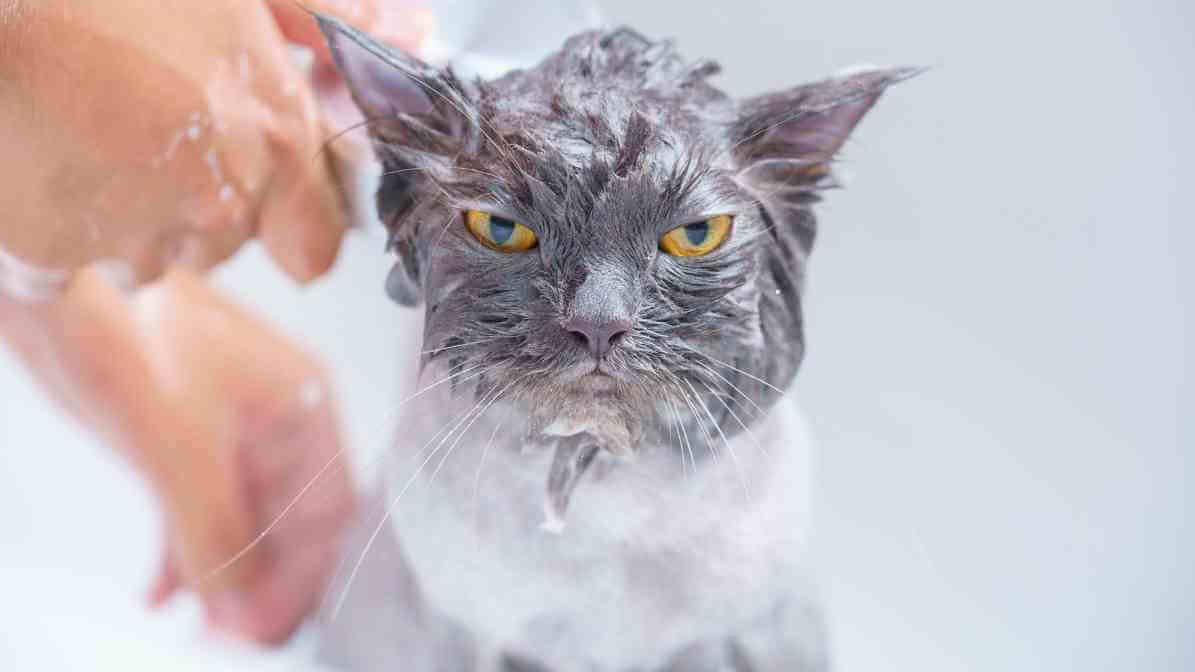




Treat Pets with Flea Prevention Products
Regularly use veterinarian-recommended flea collars, topical treatments, or oral medications to flea prevention and control. These products kill adult fleas and some can prevent eggs from hatching.
Clean Pet Bedding and Environment
Regularly wash all pet bedding, blankets and soft furnishings in hot water. Vacuum carpets, rugs and furniture help dislodge flea eggs, larvae and pupae, especially in areas where flea larvae thrive.
Treat the Home Environment
Use flea spray or foggers designed to target flea larvae, eggs and adult fleas. Our professional flea control services are highly recommend for persistent problems to ensure the complete eradication.
Maintain Consistent Flea Prevention
Continuous use of flea collars and preventative medications ensures flea prevention is ongoing, reducing the risk of re-infestation.
Monitor and Reassess
Regularly check your pets, cats or dogs for signs of fleas or marks from a flea bites. Inspect and watch out for flea eggs in bedding or on your pets.
Your Number 1 Trusted Pest Control Company in Malaysia
The Importance of Professional Cat Fleas Control Services
While many pet owners attempt home remedies, severe or persistent flea infestations often require professional intervention. Flea control providers have access to industrial-strength products and know-how to thoroughly rid of flea problems. Malaysia’s humid climate, a recurring flea problem is common. Our comprehensive pest management plan by experts can save time, money and distress.
Our professional pest controllers will:
Conduct detailed inspections to identify species of fleas.
Use safe, targeted insecticides to treat pet bedding, carpets and other hiding places.
Break the flea life cycle by eliminating eggs, larvae and pupae.
Provide advice on flea prevention measures and ongoing maintenance.
Maintenance and Prevention Tips
A Proven Methods for Pet Owners to Rid of Cat Fleas Infestations
Temperature and humidity play a crucial role in flea development. Aim to keep indoor environments less hospitable for fleas by managing moisture levels and maintaining cooler, drier conditions. In Malaysia, the natural temperature and humidity favour flea proliferation, so consistent environmental control and timely flea control measures are essential.
Prevention is always better than cure. Here are some practical tips:
Use flea collars or spot-on treatments regularly on cats or dogs.
Keep pet bedding clean and wash frequently.
Vacuum carpets and furniture thoroughly twice a week.
Maintain dry, well-ventilated living spaces to hinder flea larvae development.
Limit exposure to wild or stray animals that may carry fleas.
Keep the yard tidy, trim grass and remove debris that may harbour flea larvae.
Professional Fleas Control Services
Innovative Pest Blog Summary
Flea awareness is important, understanding the flea biology and behaviour. Knowing this helps manage infestations better. Recognising signs like flea bites and checking for flea eggs in pet bedding or furniture are the crucial first steps. Eliminating a flea infestation involves a combination of regular flea prevention, environmental cleaning, and professional flea control services.
Properly managing flea eggs, targeting the larval stage and controlling the female flea reproductive cycle are key to success.
Stay vigilant and proactive with flea prevention strategies, pet owners can ensure their cats or dogs lead healthier lives. Free from discomfort and their homes remain safe from recurring flea problems.

